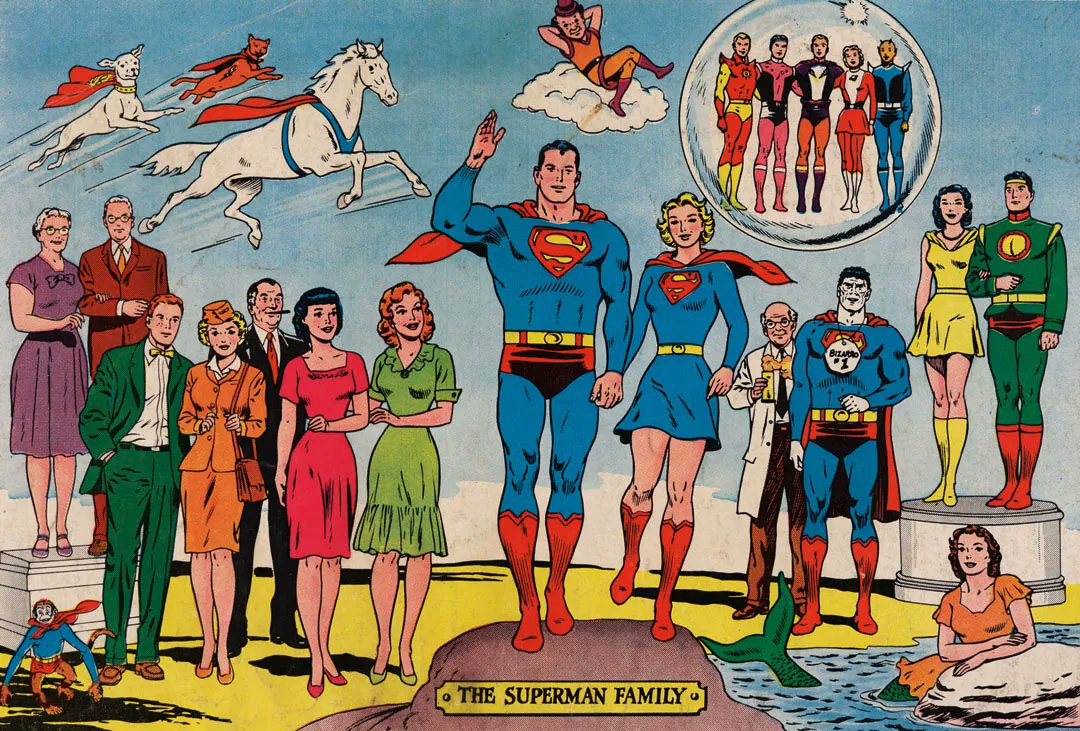John Byrne’s rejuvenation of #SheHulk in “Sensational She-Hulk” (1989-1994) indelibly changed the character and was, for many years, Marvel’s longest-running title starring a female hero. Yet the series’ sexualization of its title character is controversial—and complicated. 1/14 

Sensational She-Hulk is a confident, sexually liberated career woman not in spite of being big & green but because of it. Transforming into She-Hulk helps Jennifer Walters reject patriarchal expectations designed to control women. She also self-reflexively critiques them. 2/14 

But She-Hulk is not a real person. As such, her access to “agency” depends on the desires of the people creating and consuming her stories. From 1989-1994, she was written & drawn by men and her stories were largely read by, and marketed to, men and boys. 3/14 

Lillian Robinson observes that while She-Hulk’s “exuberant sexual subjectivity may be read as a declaration of women’s right to the assertion of desire… it is rather disquieting that that assertion coincides so seamlessly with mainstream representations of male sexuality.” 4/14 

In other words, while She-Hulk’s assertion of sexual agency was revolutionary within a genre that typically sidelines female desire, it is convenient that her expressions of sexuality prioritize a male gaze. In this context we can ask: whose fantasies does She-Hulk embody? 5/14 

This question is complicated by the fact that She-Hulk’s discovery of liberation through self-objectification was a popular idea within the mainstream feminism of the 1990s, particularly within the cultural trend scholars commonly refer to as “postfeminism.” 6/14 

Postfeminism critiques the shortcoming of second-wave feminism but also, according to scholars Yvonne Tasker & Diane Negra, “involves an evident erasure of feminist politics from the popular, even as aspects of feminism seem to be incorporated within that culture.” 7/14 

An influential strain of postfeminism proposes that feminism succeeded & is no longer necessary. Therefore, women are no longer objectified by patriarchal culture. Instead, to paraphrase scholar Angela McRobbie, they are objectified as a choice for their own enjoyment. 8/14 

To sell this message, postfeminism frequently operates, in the words of scholar Stephanie Harzewski, “through ‘stylistic alibi’ or irony.” Essentially, postfeminist media makes objectification palatable by winking at the audience, promising it’s in on the “joke.” 9/14 

Winking objectification is a hallmark of Sensational She-Hulk. This is perhaps most overt in an infamous sequence from issue #40. In this issue, She-Hulk performs a supposed publicity stunt where she seems to jump rope in the nude for five consecutive pages. 10/14 

Throughout, She-Hulk “breaks the fourth wall” to speak directly to the reader while explicitly addressing the sexist humiliation of the stunt: “all the dignity and respect I’ve worked so hard to gain… wiped away in the name of cheap thrills and—maybe—higher sales!” 11/14 

The sequence concludes with series editor Renée Witterstaetter revealing She-Hulk was “actually” wearing a tiny bikini, and that EiC Tom DeFalco would never “actually” allow her to appear naked. This satirizes the previous titillation—but does it subvert it? 12/14 

The cover also tells a different story. Here, She-Hulk doesn’t choose the stunt, but is forced by a seemingly male hand. Perhaps the issue subverts this. Or perhaps it admits a dark truth: this comic does sell the fantasy of controlling and/or humiliating a powerful woman. 13/14 

Objectification is exceedingly complicated, as are its manifestations & effects. And there is certainly empowerment to be found in Sensational She-Hulk. Yet there is also room to question who or what is the subject of each “joke”—and who or what is the object. 14/14 

• • •
Missing some Tweet in this thread? You can try to
force a refresh























